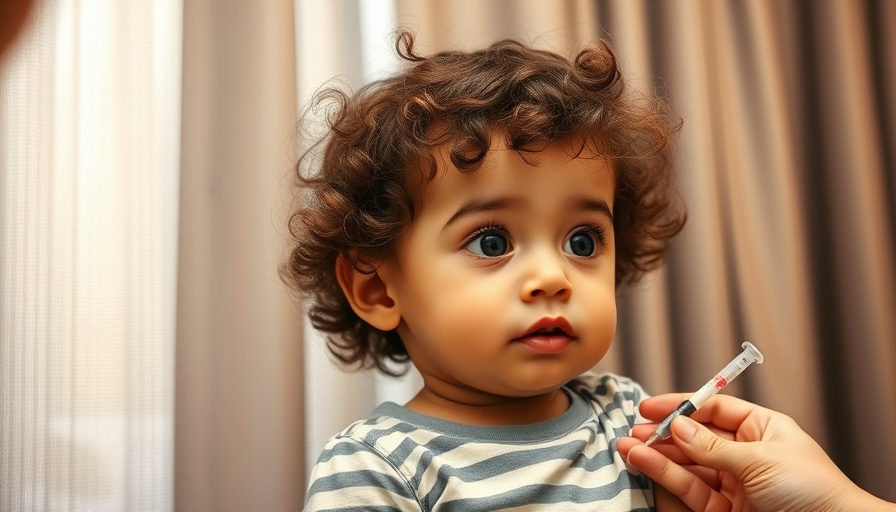
Key Data Sources for Health Journalists
Recent reports from the World Health Organization (WHO) and UNICEF offer invaluable insights for journalists covering vaccination and infectious diseases. With an emphasis on the global immunization landscape post-pandemic, these publications reveal crucial data that can aid in local, national, and international reporting.
Global Vaccination Coverage Insights
The annual WHO and UNICEF reports detail national immunization estimates that shed light on vaccination improvements and ongoing challenges. Key highlights include Gavi surpassing its goal of immunizing 1.1 billion children by 2025. Notably, vaccination rates for Gavi vaccines saw an eight-point increase on average, with diphtheria, tetanus, and pertussis-containing vaccine coverage improving in 70% of lower-income countries. Furthermore, the number of zero-dose children—those missing all recommended vaccines—dropped by half a million.
These findings not only offer a snapshot of global health but also present compelling story ideas for journalists interested in public health emergencies, regional disparities, and recovery efforts following the pandemic.
Resources for Further Exploration
Journalists seeking deeper engagement with vaccination topics can access additional tools and data sources provided by WHO and UNICEF. These include:
- Gavi factsheets that provide background on global vaccination efforts.
- Immunization data dashboards presenting real-time case counts and vaccination rates globally.
- UNICEF's immunization regional snapshots detailing 2024 vaccination coverage for regions worldwide.
- Country-specific profiles that track vaccination progress and challenges.
Current State of Kindergarten Immunization
Switching focus to local levels, the Centers for Disease Control and Prevention (CDC) reported a decline in vaccinations among kindergartners. The latest report indicated a worrying decrease in coverage rates for critical vaccines, including measles, mumps, and rubella (MMR), which stood at 92.5%, and diphtheria, tetanus, and pertussis (DTaP), at 92.1%. Both figures fell short of the pre-pandemic benchmarks of 94-95%.
This decline is striking not only as a statistic but as a potential harbinger of public health crises. Vaccine exemptions among kindergartners also rose slightly from 3.3% to 3.6%, indicating a growing reluctance within some communities toward immunization, which could have long-term implications for public health.
Why This Information Matters to Health Conscious Audiences
For health enthusiasts keen on maintaining well-being, understanding vaccination trends is crucial. Immunization is a foundational aspect of preventive healthcare, significantly impacting community health dynamics. Knowledge of vaccination rates can inform discussions about children's health, wellness goals, and the broader social determinants of health that influence community resilience.
Moreover, staying informed about vaccination helps to mitigate misinformation and fosters a more health-literate society. As advocates for healthier living, health fanatics can utilize these insights to promote awareness surrounding the importance of vaccines, emphasizing not just individual benefits but community benefits that arise from robust vaccination coverage.
Conclusion: The Call for Action
The data shared in these reports not only provide valuable context for journalists but emphasize the critical importance of vaccination reporting. As health fanatics and responsible citizens, staying informed and engaging in community discussions about vaccinations will cultivate a healthier future for all. Leverage these resources, share insights, and advocate for improved vaccination coverage to protect the community from preventable diseases.
 Add Row
Add Row  Add
Add 




Write A Comment